II The High Priestess
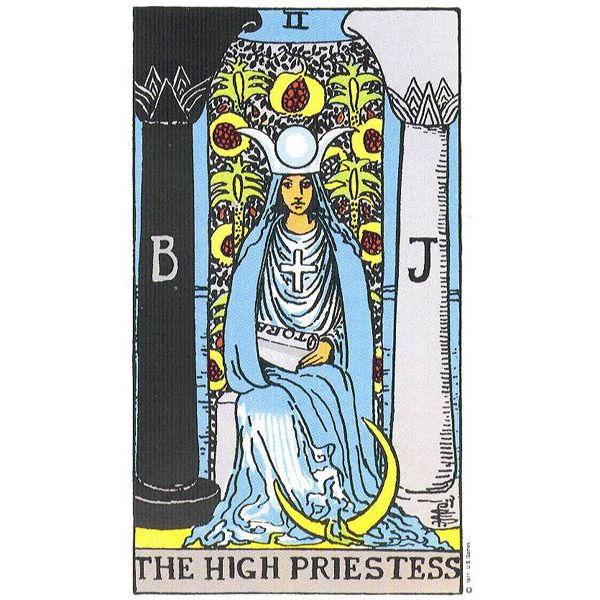
This post from my “Tarot Journey of Enlightenment” series interprets the Tarot’s Major Arcana as illuminating a path to opening and experiencing, within ourselves, the archetypical mind, which, I believe, exists in potential in us all. In this way, the Major Arcana may be seen as a guide to enlightenment and beyond.
I humbly offer this series as my interpretation of the Tarot archetypes, one among the many that exist in the world.
In our Tarot journey of enlightenment we move on to the II The High Priestess. She’s dark; she’s mysterious; she’s beautiful. She represents our first sense of the mystery of life (of potential and things hidden from ordinary consciousness) and the duality of form (she is feminine, as opposed to the masculine of the Magician). She represents reflection as opposed to action. She represents our first sense of unconsciousness beyond this veil.
The High Priestess and the Magician together power the rest of this journey of enlightenment. They represent a yin/yang duality between action and contemplation. Everything we do in life may be seen as action or reflection. I offer that great things can be accomplished when we balance these two modes of being.
The High Priestess represents the mental aspect of feminine energy. The veil behind her represents consciousness itself and the water behind it represents the unconscious, which at this point is sensed but hidden. It symbolizes intuitive knowing that stems from a source other than the rational mind, from the subconscious.
Her dress is very watery signifying her connection to the unconscious. In the card we see that she is connected with the moon, which is also known to stir the unconscious. There’s a passivity, a quietness around this card. And that’s not a judgment or a criticism. That quietness allows wisdom and knowledge from behind the veil to come through.
The two columns symbolize the gate of our own unconscious. They also represent the duality of form and the field of opposites that appear to make up the fabric of our material world: day/night, masculine/feminine, action/reflection, and so on. The pillars, one black, one white, are a duality themselves. The letters B and J stand for Boaz and Jakin, the two famous pillars from the first temple of Jerusalem. Boaz, the black one is passivity and mystery. Jakin, the white column is action and consciousness. The letters are reversed in a ying-yang way, indicating that there is a piece of the one in the other, a subtle clue showing that duality is actually an illusion.
The two pillars also hint at the idea that the Magician and the High Priestess are the “pillars” that support the enlightenment journey, the white pillar being associated with the Magician, and the black pillar being associated with the High Priestess.
The plants and fruits on the veil represent the fruits of knowledge. The sphere on her crown resembles a crystal ball. The cross on her robe represents the inner and outer way, conscious intersecting subconscious. The scroll is labeled “TORA,” the word of God, which at this point is hidden within her shawl.
We may also see the High Priestess as a well of potential. Everything that exists for us to take action on, through the power of the Magician, resides in a well of potential in our unconsciousness, tended with care by the High Priestess. The Magician acts. The High Priestess offers that which may be acted upon.


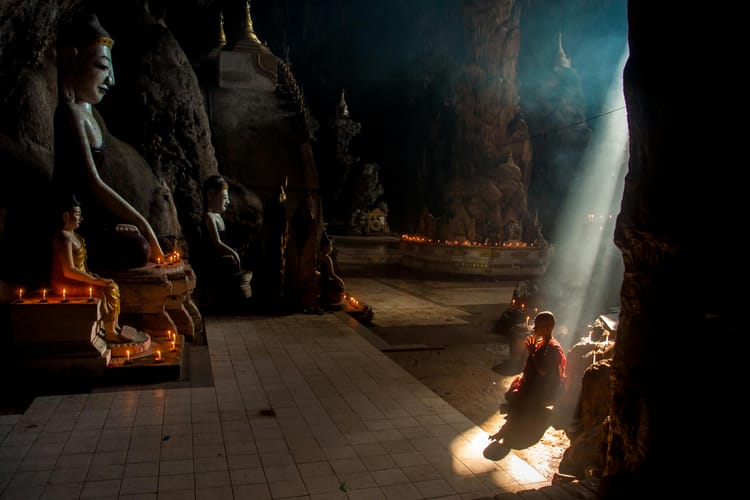
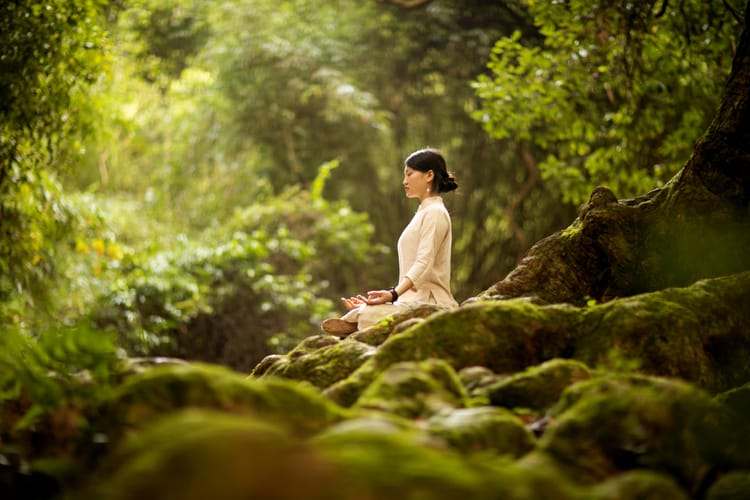
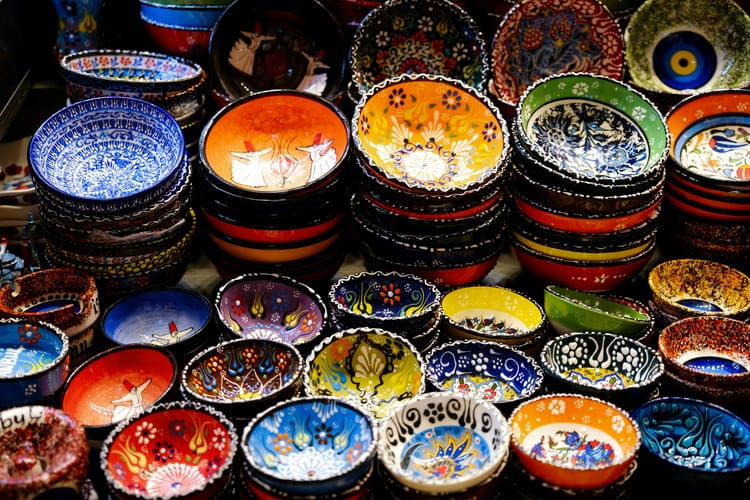
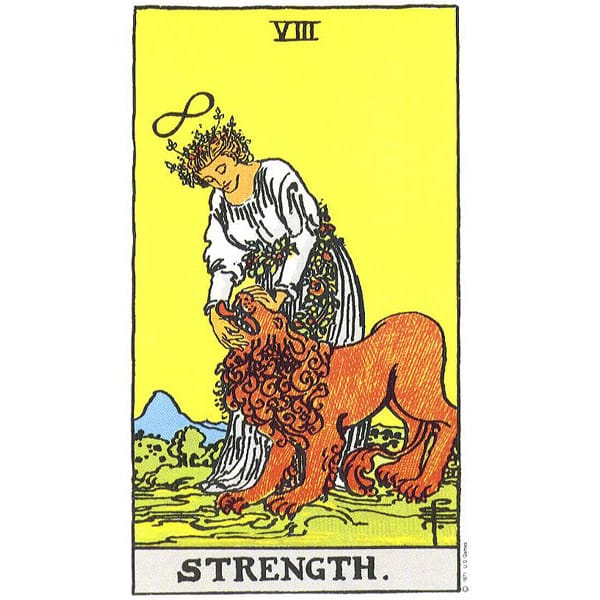
Member discussion